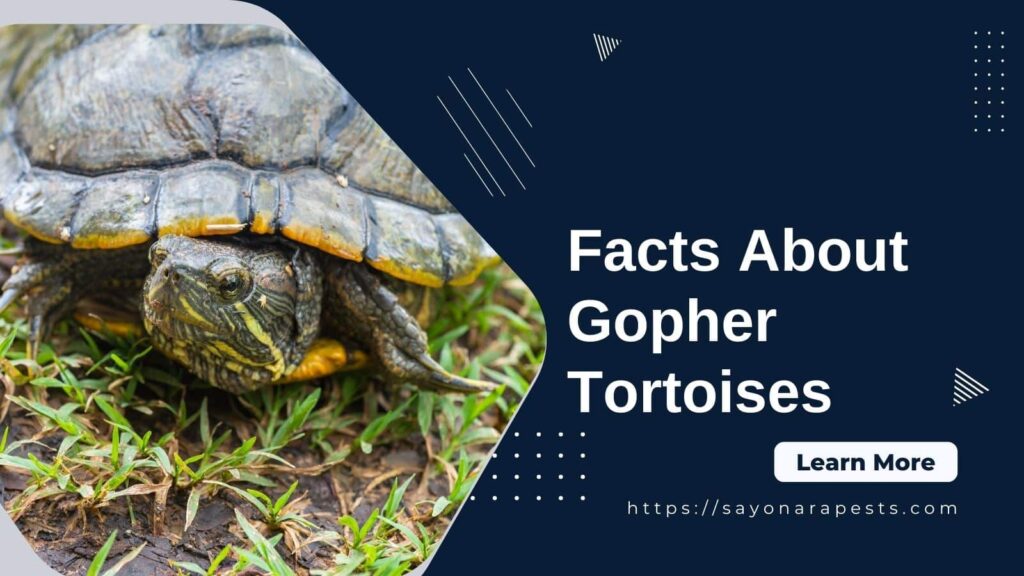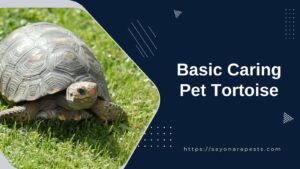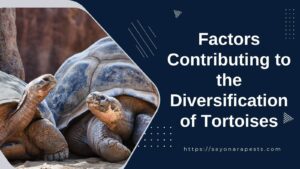If you live in the southeastern United States, there’s a good chance you’ve seen a gopher tortoise on your property at some point.
These creatures are common in Florida, Georgia, Mississippi, and Louisiana.
Gopher tortoises are important to their ecosystems not only as home providers but also as one of the few species that eat declined elderberries and palmetto berries.
While they’re not typically considered pests, because they don’t build huge nests or gathering places.
However, they can cause damage to your yard and home if they decide to burrow there.
Here are a few things every homeowner should know about gopher tortoises.
Gopher tortoises are a protected species
That means it’s against the law to harm them in any way. If you have a gopher tortoise on your property, you can’t just relocate it or get rid of it however you see fit.
Instead, you need to get in touch with your state’s wildlife agency and follow their guidelines for removal.
In many cases, the agency will simply come and remove the tortoise for you.
Gopher tortoises are also key players in fire management
Their burrows can act as firebreaks, which can help contain and extinguish wildfires.
Additionally, the vegetation around their burrows is typically denser than the surrounding area, which helps prevent fires from starting in the first place.
Gopher tortoises dig deep burrows
These burrows can be up to 30 feet long and 12 feet deep. They provide shelter for the tortoises from extreme weather and predators.
The temperature inside the burrow is also pretty stable, which is important since gopher tortoises are cold-blooded animals.
The benefit of their large burrows is that they help with erosion control. The holes that they dig act as little sediment catchers which help reduce runoff during rainstorms.
The problem is that these burrows can cause damage to your foundation, sidewalks, and landscaping if they’re too close to your home.
They help create a natural fence
A natural fence might be just what you need if you’re looking for some privacy from your neighbors or passersby.
If you have a gopher tortoise on your property, chances are there will be a complex network of tunnels underground that act as a barrier.
Gopher tortoises are herbivores
They primarily eat grasses and plants but will occasionally eat fruit or small invertebrates.
This diet helps keep their burrows clean since they don’t defecate inside them as some other animals do.
If you have a gopher tortoise on your property, there’s no need to worry about it raiding your garbage cans or leaving behind messes for you to clean up.
Gopher tortoises can live to be upwards of 60 years old in the wild
In captivity, they have been known to live even longer – up to 80 years!
While they’re not considered a nuisance species, gopher tortoises can cause damage to your property if they decide to burrow thereof you have a gopher tortoise on your property, it’s important to contact your state’s wildlife agency for removal.
Male gopher tortoises are larger than females
Their reach lengths of up to 15 inches. Females typically only grow to be 10-12 inches long.
Additionally, males have larger tails relative to their body size than females.
Gopher tortoises are social creatures
They live in burrow systems called gopher towns that can span several acres and be home to anywhere from one to 30 tortoises.
These towns are typically situated in areas with high concentrations of food and water.
The Gopher Tortoise is also a foundation species, which means that its burrows provide homes for many other animals.
More than 360 species have been documented using gopher tortoise burrows, including rabbits, snakes, lizards, bobcats, wading birds, and even alligators!
Some animals, like the gopher frog and the Florida mouse, can only live in areas where gopher tortoises are present.
This is because they rely on the burrows for shelter and protection from predators.
It’s important to be aware of the laws surrounding these creatures and take steps to prevent them from damaging your home or yard.
Gopher tortoises are fascinating creatures that play an important role in their ecosystems.
Not only do they help reduce erosion, but they also act as a natural fence and provide shelter for many other animals.
If you have a gopher tortoise on your property, be sure to contact your state’s wildlife agency for removal.





